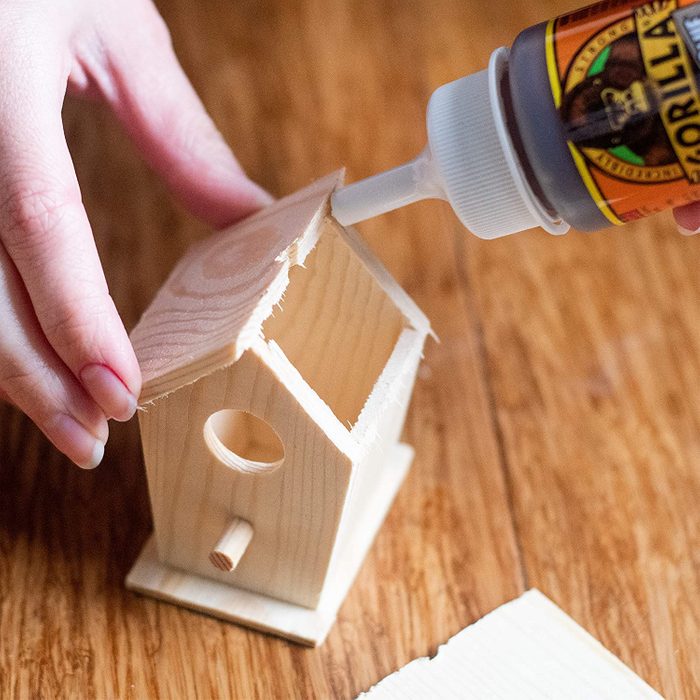8 Best Wood Glues

Buying the Best Wood Glue
Wood glue is vital in the wood shop. It lets you join pieces together without mechanical fasteners like screws or nails. But wander down the aisle of your local supply store and you’ll find upwards of a dozen types of wood glues: PVA (polyvinyl acetate), epoxy, urethane and hide glues, just to name a few — and that’s not even counting different brands!
So which is the best type for your project? Here are some properties to consider:
- Open time: This means how long the glue takes to form a serviceable bond. Open times vary from 30 seconds to several hours. The more complicated your glue-up, the longer an open time you want so you don’t have to rush.
- Water resistance: Glues range from water-soluble to waterproof. Choose an appropriate level of water resistance, depending on what environment your project will live in.
- Hardness: Some non-wood glues, like your standard craft glue, dry soft and cannot be sanded after they cure. A good wood glue dries hard and creates a rigid glue line.
- Cure time: Glues have varying cure times, or the time it takes for the glue to reach its maximum strength. While most glues cure in 24 hours, some slow-set glues can take up to five days to cure.
- Set time: Not to be confused with cure time, this refers to how long the glue needs to rest, preferably in clamps, before it can be worked. Think of this as the time necessary for the glue to reach its minimum working strength, though it’s not yet fully cured.
- Ease of use: Some glues are simple: Open the bottle, spread the glue and clamp. Other glues require careful mixing, like epoxy, or warming, like hide glue. While all glues have their upsides, choosing the easiest glue to use that matches your project’s needs is key to a successful glue-up.
Read on for a list of my go-to glues for working with wood, drawing on more than a decade of professional woodworking experience.
No comments